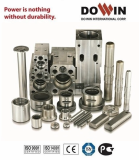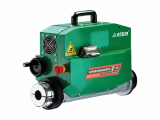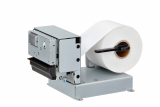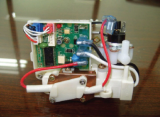The assembly process begins with the machine feeding individual components into its system. The components typically include the needle itself, which is the thin, sharp instrument used for injections or procedures; the hub, which is the part that connects the needle to a syringe or other delivery system; and any additional elements required for specific needle types. The machine's automation ensures that each component is accurately positioned and securely attached, which is crucial for maintaining the functionality and safety of the final product.
One of the key benefits of using a dental needle assembly machine is its ability to produce a high volume of needles with consistent quality. By automating the assembly process, the machine minimizes human error, reduces variability, and ensures that each needle meets rigorous standards. This consistency is essential in the medical field, where precision and reliability are paramount.
The machine operates through a series of mechanical, pneumatic, or electronic processes that handle tasks such as aligning components, applying adhesive or other bonding agents if necessary, and securely fastening parts together. Some advanced machines may also include features for quality control, such as sensors or cameras, to inspect the assembled needles for defects or deviations from specifications.
Moreover, the use of a dental needle assembly machine enhances production efficiency. It significantly speeds up the assembly process compared to manual methods, allowing manufacturers to meet high demand and reduce labor costs. The automation also improves safety by minimizing direct human contact with sharp components, thereby reducing the risk of injuries and contamination.
In summary, a dental needle assembly machine is essential for modern dental and medical manufacturing. It automates and refines the needle assembly process, ensuring high-quality, consistent, and safe products while improving production efficiency.


































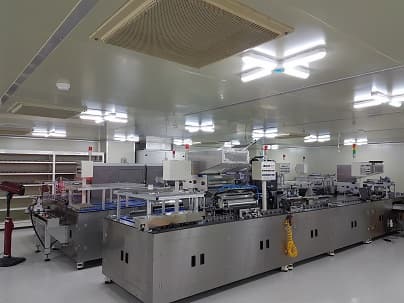
 South Korea
South Korea






